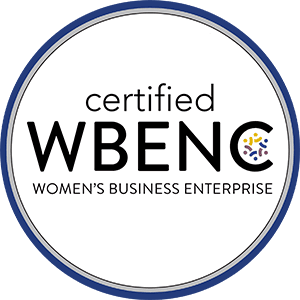Practical ways Jobseekers and Talent Acquisition teams can start using ChatGPT today
May 11th, 2023 | Hire Wire

ChatGPT and AI tools are all the buzz right now, but many HR professionals and Talent Acquisition professionals are still wondering the best way to use this new technology or even if they should be using this technology. One of the important learnings is these tools can enhance productivity but do not replace the human elements that are so critical to human capital teams provide. Today we will share some practical ways to use ChatGPT within the talent acquisition space both as a job seeker and as a recruiter/talent acquisition professional.
ChatGPT was built by OpenAI, a research laboratory with both nonprofit and for-profit branches, there is a free version available as well as a paid per month subscriber version offering priority access and faster response times. Many of the ways we can use ChatGPT for talent acquisition are available from the free version by signing up for an account with OpenAI.
Jobseekers can use ChatGPT to help build out cover letters and resumes. ChatGPT can be used to highlight elements of a job description which will in turn help build out a resume and save time. For those that do not excel in the written pieces of a job application this can be a great benefit however jobseekers need to ensure they review anything ChatGPT has helped generate for accuracy and true skill set alignment. It is important to think of the results from ChatGPT as building blocks for a resume and not view it as a “copy and paste”. Jobseekers can start by using a prompt such as “I’m a Recruiter. Write 5 bullet points for my resume”. This post from Teal goes into greater detail on additional prompts for a resume. ChatGPT can also help job seeker practice sample interview questions that might come their way. Jobseekers can ask ChatGPT to build interview questions for the role they are applying for and spend time producing the key points related to those questions to share during their virtual or in person interviews.
Talent Acquisition and Recruiters also have numerous ways in which they can use ChatGPT. There is a great beginners guide on ChatGPT in Recruiting hosted by Robin Choy which highlights several key areas where recruiters can benefit from using ChatGPT:
1) Building Boolean search strings. Talent sources and recruiters look for niche talent via Boolean strings which are put in place to search the web or other platforms like LinkedIn. For those not experienced with building Boolean ChatGPT is a great place to start, and it can also help more experienced TA professionals consider additional elements to include in their Boolean string.
2) Building job descriptions. ChatGPT can both review job descriptions as well as build job descriptions from scratch based on its database of similar searches. It is important to still review a job description in detail to make sure it speaks to the true skill set needed and includes specific company information however it can again be a great building block when limited information is available.
3) Interview questions. You can ask ChatGPT to generation interview questions with a prompt such as “Provide interview questions for a Tax Manager” these results can help recruiters think about additional key words to use in their searches, as well as build out standardized phone screen or interview templates.
There are concerns that AI could replace human jobs however others point to innovation leading to new occupations that could positively influence employment growth as this Goldman Sachs article highlights. Each organization will need to discuss their own pros and cons of utilizing ChatGPT and other AI tools as they scale and grow however it’s important for all of us to stay educated on what’s out there and find ways in which these tools can add value.







